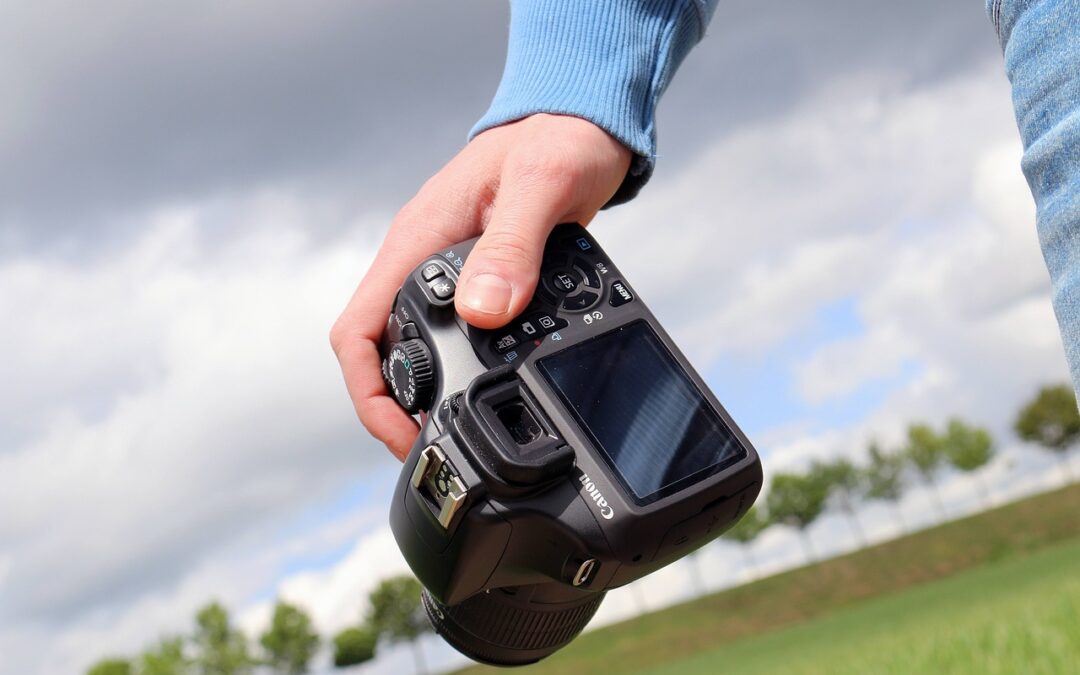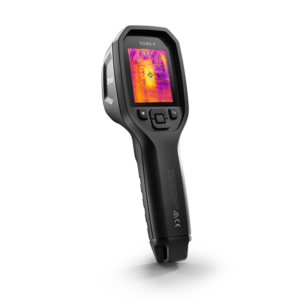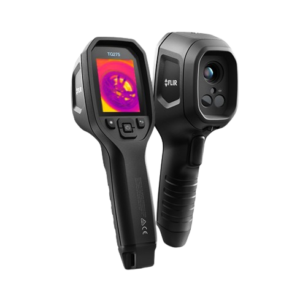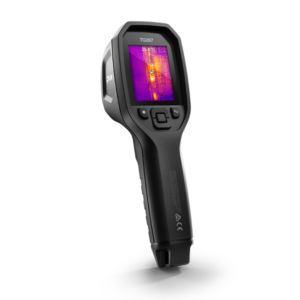In the realm of industrial applications, infrared (IR) cameras have become indispensable tools. While they might initially seem like a novelty, these cameras provide a window into a world that’s invisible to the naked eye, revealing temperature variations and potential issues that can be critical for maintaining efficiency and safety. From detecting electrical faults to enhancing predictive maintenance, IR cameras are transforming various industries by providing crucial insights that go beyond visible light.
What Is An IR Camera?
An infrared camera, also known as a thermographic camera, captures thermal radiation emitted by objects. Unlike traditional cameras that capture light in the visible spectrum, IR cameras detect heat and convert it into images called thermograms. These images display temperature differences as colour gradients, allowing users to identify hotspots, cold spots, and other anomalies.
Key Industrial Applications Of IR Cameras
1. Electrical Inspections
Electrical systems are prone to faults that can lead to serious malfunctions or even fires. IR cameras are invaluable in this context, as they can detect hotspots caused by overloaded circuits, poor connections, or failing components. By regularly inspecting electrical panels and wiring with an IR camera, maintenance teams can identify potential issues before they escalate into major problems. This proactive approach not only prevents downtime but also enhances overall safety.
2. Predictive Maintenance
Predictive maintenance is about anticipating equipment failures before they occur, thereby avoiding costly repairs and unplanned downtime. IR cameras play a pivotal role in this process by allowing technicians to monitor equipment for unusual temperature patterns that might indicate wear or impending failure. For instance, a rise in temperature in a motor bearing could signal a need for lubrication or replacement. By integrating IR camera data into a predictive maintenance programme, companies can optimise maintenance schedules and extend the lifespan of their equipment.
3. Building Inspections
In the realm of building maintenance, IR cameras are used to identify issues such as heat loss, insulation gaps, and water leaks. During building inspections, thermal images can reveal areas where heat is escaping or where moisture has infiltrated the structure. This information is crucial for energy efficiency audits and for addressing potential issues before they lead to more significant damage. For example, spotting a cold spot on a wall could indicate insufficient insulation or a hidden leak.
4. Process Monitoring
In manufacturing and process industries, maintaining optimal operating conditions is essential for product quality and efficiency. IR cameras can monitor various processes, such as heating and cooling, to ensure they are within the desired temperature ranges. For instance, in a kiln or furnace, an IR camera can provide real-time data on temperature distribution, helping operators make adjustments to maintain consistency and prevent defects.
5. Research And Development
In R&D settings, IR cameras are used to study thermal properties and behaviour of materials and products. They provide valuable insights into how different materials respond to heat, which can inform the development of new products or processes. For instance, in the automotive industry, IR cameras can help engineers understand how heat is distributed across engine components, leading to improvements in design and performance.
The Benefits Of IR Cameras
The advantages of incorporating IR cameras into industrial operations are numerous. Firstly, they enable non-invasive inspections, allowing technicians to monitor equipment and structures without the need for disassembly or physical contact. This not only saves time but also reduces the risk of damage. Secondly, IR cameras provide real-time data, enabling immediate response to potential issues. Finally, they enhance safety by detecting potential hazards that may not be visible otherwise, such as overheating electrical components or structural weaknesses.
Conclusion
Infrared cameras have moved beyond their initial novelty and have become essential tools in various industrial applications. By providing insights into the invisible world of thermal radiation, these cameras help in detecting faults, enhancing maintenance practices, and ensuring optimal performance across different industries. Their ability to reveal critical information that is not visible to the naked eye makes them invaluable in maintaining efficiency, safety, and quality in industrial operations.
If you’re considering integrating IR cameras into your industrial processes, it’s worth consulting with experts to understand the best applications for your specific needs. With the right approach, IR cameras can be a game-changer in enhancing operational efficiency and safeguarding your assets.
Feel free to reach out if you have any questions or need further information on how IR cameras can benefit your industry.
Explore Further
Unlock a wealth of additional information and opportunities. Click here to delve deeper,discover new perspectives, and enhance your experience with more relevant and engaging content.




